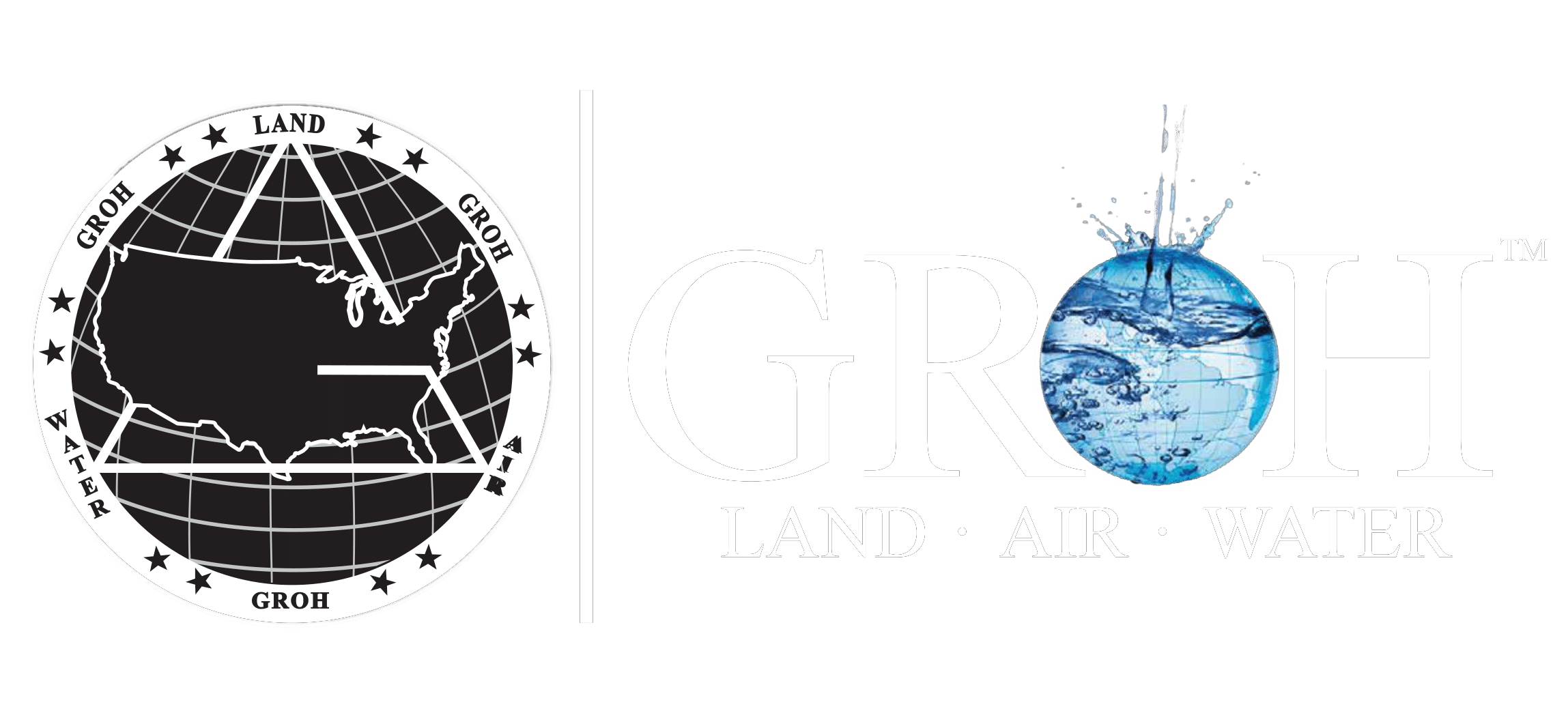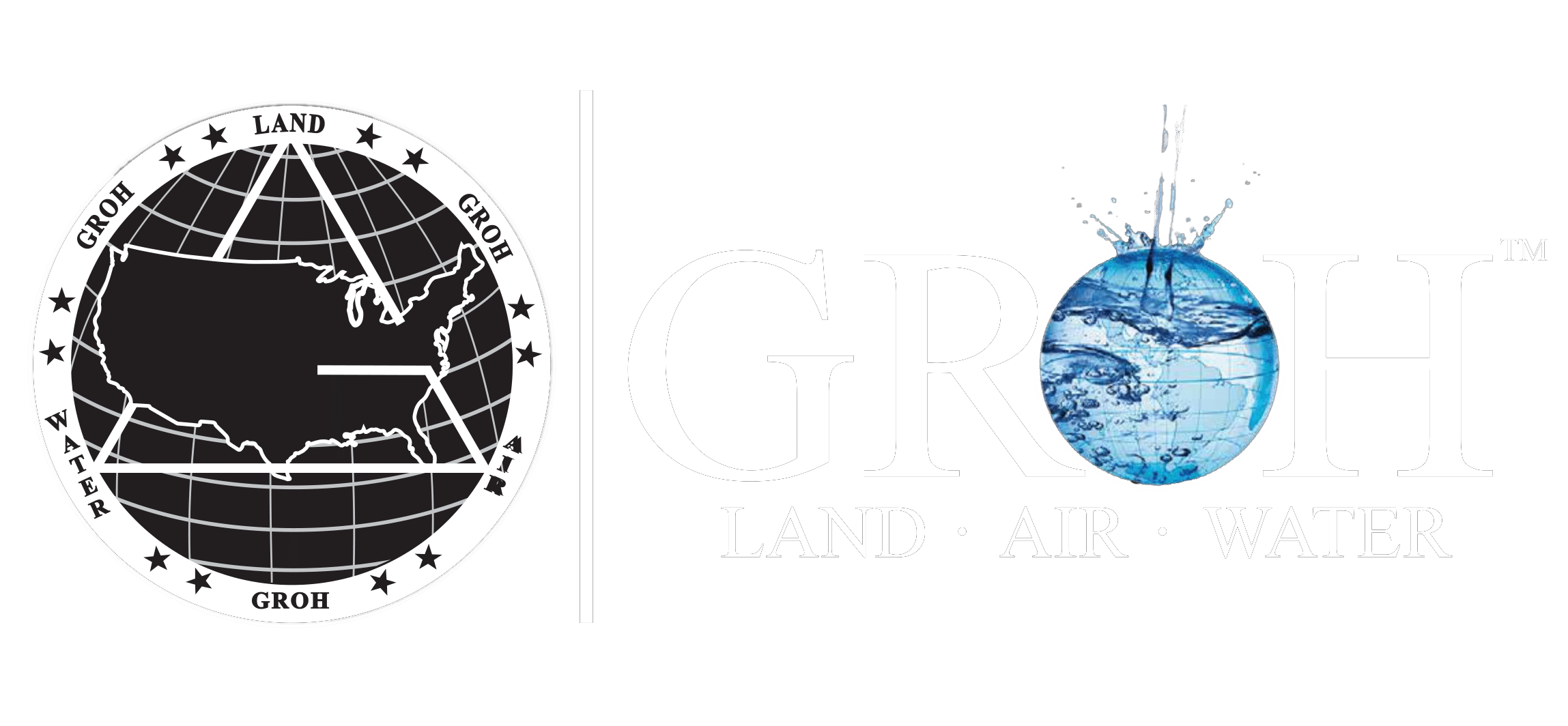Nanobubbles
Home > Nanobubbles
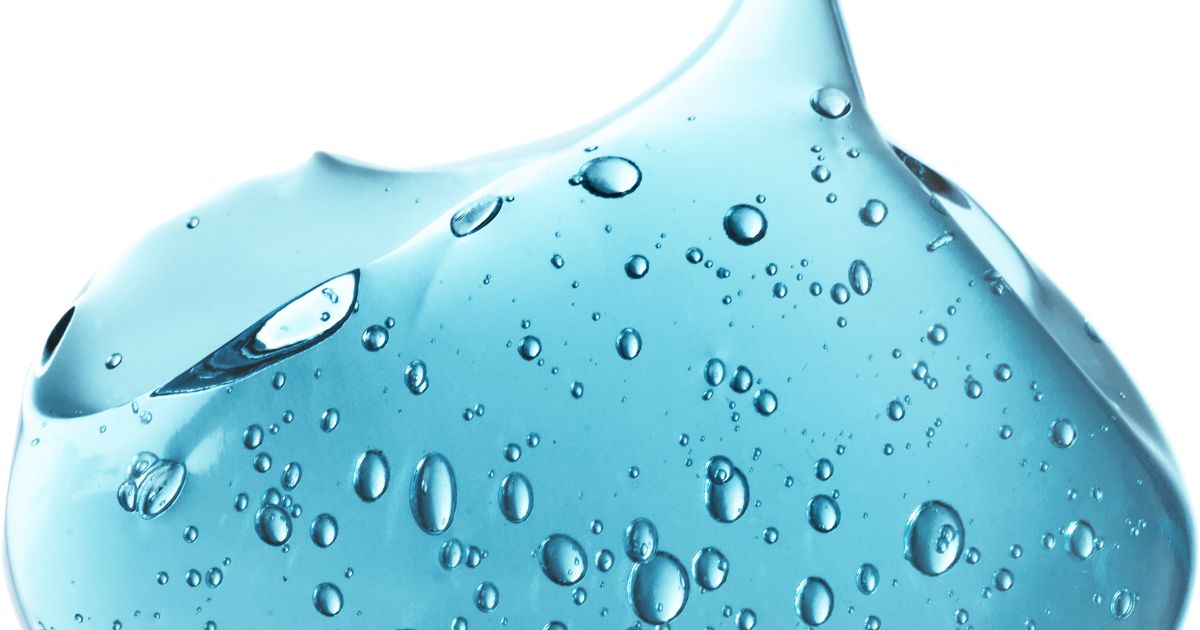
What are Nanobubbles?
Nanobubbles, also known as ultrafine bubbles or nano-sized bubbles, are tiny gas bubbles with diameters typically ranging from tens to hundreds of nanometers. These bubbles are significantly smaller than conventional microbubbles, which have diameters in the micrometer range. The small size of nanobubbles results in unique physical and chemical properties that make them of interest in various fields, including water treatment, agriculture, and biomedical applications.
What are the Applications of Nanobubbles?
One defining characteristic of nanobubbles is their prolonged stability and persistence in liquids. Due to their small size and high surface area-to-volume ratio, nanobubbles experience reduced buoyancy and slower rise rates compared to larger bubbles. This enhanced stability allows nanobubbles to remain suspended in liquids for extended periods, providing sustained gas transfer and interaction with surrounding substances.
In water treatment, nanobubbles are used for applications such as oxygenation, flotation, and disinfection. The prolonged presence of nanobubbles enhances oxygen transfer efficiency in water, improves flotation processes for particle removal or wastewater treatment, and contributes to the oxidative degradation of pollutants through advanced oxidation processes (AOPs).
In agriculture, nanobubbles are explored for their potential to enhance irrigation water quality, promote soil oxygenation, and improve nutrient uptake by plants. The small size of nanobubbles enables them to penetrate soil pores more effectively, delivering oxygen to root zones and facilitating soil aeration. This can benefit plant growth, root development, and overall crop productivity.
In biomedical and pharmaceutical applications, nanobubbles are studied for drug delivery, ultrasound imaging enhancement, and therapeutic interventions. Their small size and stability make them suitable as carriers for drug molecules, contrast agents for imaging modalities, and vehicles for targeted delivery to specific tissues or cells.
Overall, nanobubbles represent a promising area of research and innovation with diverse potential applications in fields ranging from water treatment and agriculture to healthcare and biotechnology. Their unique properties and capabilities continue to be explored for advancing various technological and scientific endeavors.
Nanobubbles in Water Treatment
Groh Land, Air & Water uses nanobubbles for various applications in water treatment due to their unique properties and potential benefits. Here are some of the uses of nanobubbles in water treatment and relevant industries:
- Oxygenation
- Flotation
- Disinfection
- Advanced Oxidation Processes (AOPs)
- Microbial Remediation
- Agricultural Irrigation
- Drinking Water Treatment
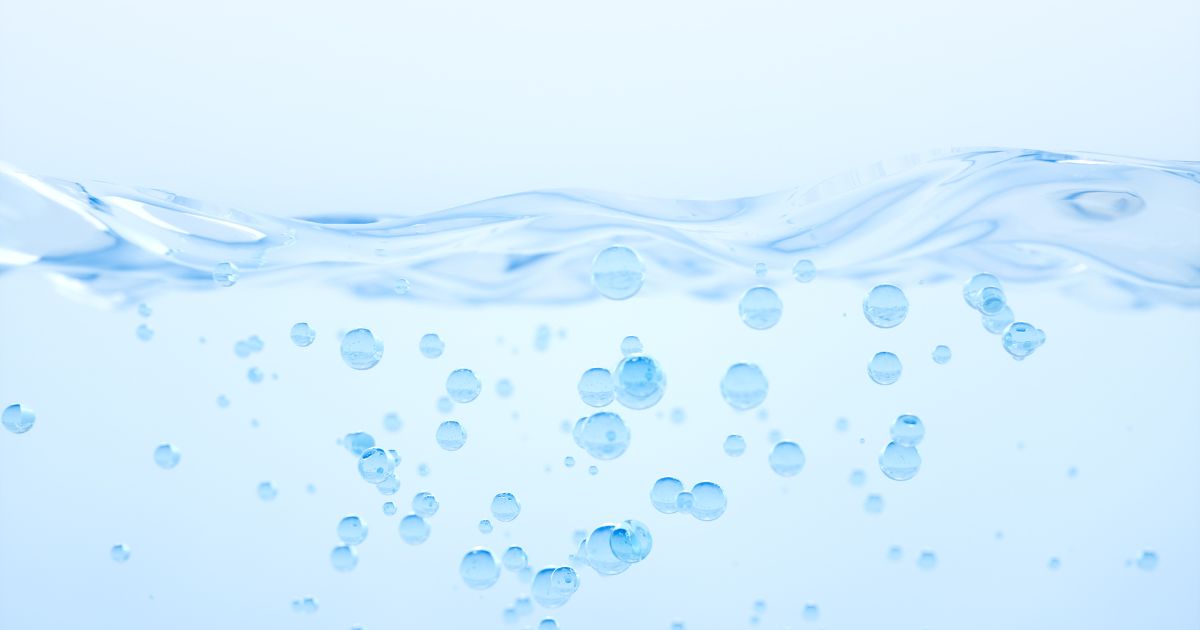
Oxygenation
Nanobubbles can enhance the oxygenation of water due to their prolonged stability and small size. This is beneficial for improving water quality in aquaculture, fish farming, and wastewater treatment facilities by providing oxygen to aquatic organisms and supporting aerobic processes.
Flotation
Nanobubbles are used in flotation processes for the removal of contaminants, suspended solids, and pollutants from water. Their small size and extended lifespan allow for efficient attachment to particles, facilitating flotation and separation in industries such as mining, mineral processing, and wastewater treatment.
Disinfection
Nanobubbles have shown potential for disinfection purposes in water treatment. The oxidative properties of nanobubbles, coupled with their sustained presence in water, can contribute to the inactivation of pathogens, bacteria, and microorganisms, offering an alternative or supplementary method to conventional disinfection techniques.
Microbial Remediation
Nanobubbles can enhance microbial activity and remediation processes in water treatment systems. The sustained presence of nanobubbles promotes oxygenation and microbial growth, supporting biological degradation of organic matter, nutrients, and pollutants in natural and engineered aquatic environments.
Agricultural
Irrigation
In agriculture, nanobubbles are investigated for their potential to improve water quality and enhance nutrient delivery in irrigation systems. Nanobubbles can increase dissolved oxygen levels in irrigation water, promote soil aeration, and facilitate nutrient uptake by plants, leading to improved crop growth and productivity.
Water
Treatment
Nanobubbles find applications in drinking water treatment for enhancing oxygen levels, reducing disinfection byproducts (DBPs), and addressing specific water quality challenges related to contaminants and taste-and-odor issues.
Advanced Oxidation Processes (AOPs)
Nanobubbles play a role in advanced oxidation processes for water treatment. When combined with ultraviolet (UV) light or other oxidants, nanobubbles can generate reactive oxygen species (ROS) and hydroxyl radicals, which are highly effective in degrading organic pollutants, pharmaceutical residues, and emerging contaminants in water.
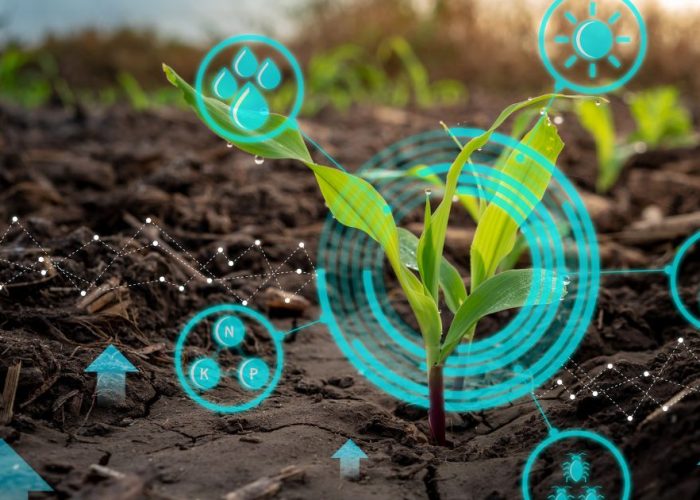
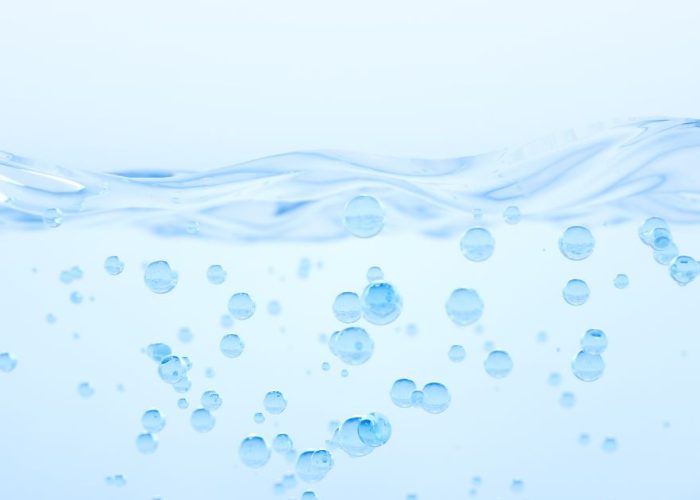
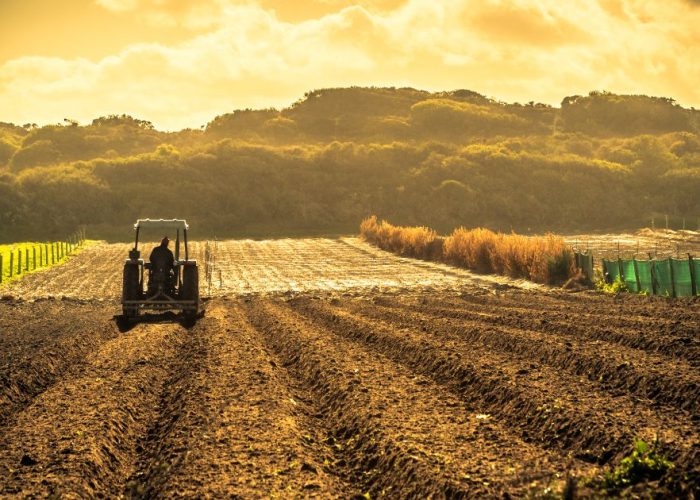
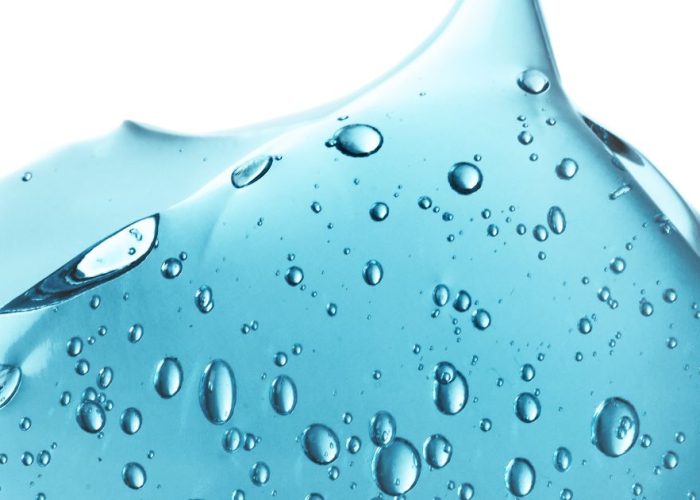
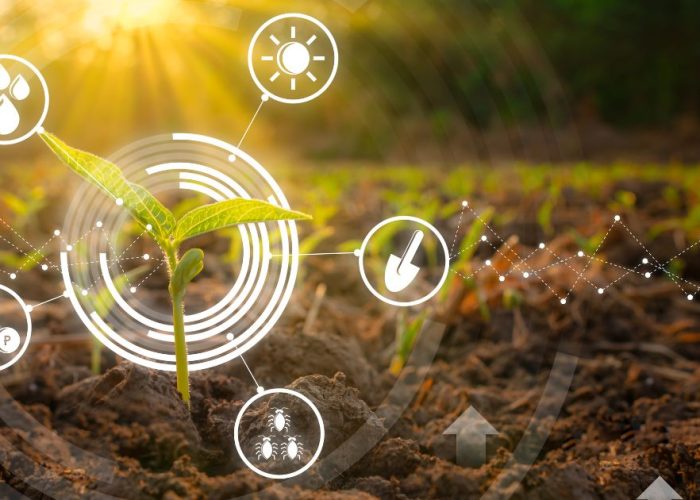
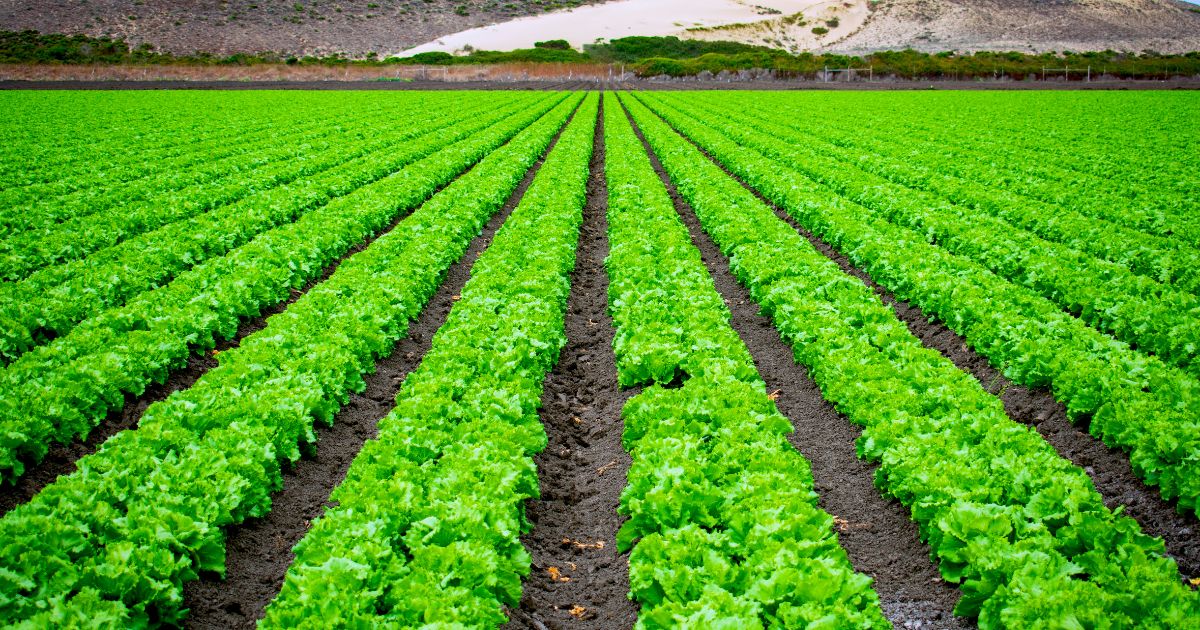
Nanobubbles and Agriculture
Groh Land, Air & Water use nanobubbles for several applications in agriculture due to their unique properties and potential benefits. Some of the uses of nanobubbles in agriculture include:
- Soil Aeration
- Nutrient Delivery
- Water Quality Improvement
- Pesticide and Chemical Delivery
- Seed Treatment
- Soil Remediation
Soil Aeration
Nanobubbles can enhance soil aeration and oxygen levels in the root zone of plants. When applied to irrigation water or soil, nanobubbles penetrate soil pores more effectively than larger bubbles, delivering oxygen to plant roots and promoting healthy root development. Improved soil aeration can enhance nutrient uptake, water absorption, and overall plant growth.
Nutrient Delivery
Nanobubbles can improve the delivery of nutrients and fertilizers to plants. The small size and prolonged stability of nanobubbles allow them to carry dissolved nutrients, micronutrients, and growth-promoting substances directly to root systems. This targeted nutrient delivery can enhance nutrient availability, reduce leaching, and optimize plant nutrition.
Water Quality Improvement
Nanobubbles are explored for their potential to improve water quality in agricultural applications. When applied to irrigation water or nutrient solutions, nanobubbles can increase dissolved oxygen levels, reduce pathogens and biofilm formation, and enhance water clarity. This contributes to healthier plant growth, disease prevention, and improved crop yields.
Pesticide and Chemical Delivery
Nanobubbles can aid in the delivery of pesticides, herbicides, and other agricultural chemicals. By encapsulating active ingredients within nanobubbles, targeted delivery to specific plant tissues or pests can be achieved, reducing chemical usage, minimizing environmental impact, and improving efficacy.
Seed Treatment
Nanobubbles can be used in seed treatment processes to enhance germination, seedling vigor, and early plant establishment. Coating seeds with nanobubble-infused solutions can provide oxygenation, hydration, and nutrient support during critical early growth stages, leading to improved crop uniformity and yield potential.
Soil Remediation
Nanobubbles are investigated for their potential role in soil remediation and improvement. By enhancing soil aeration, microbial activity, and nutrient availability, nanobubbles can contribute to soil health restoration, organic matter decomposition, and remediation of contaminated soils.
FAQs
Ask A Question
Do you have a question or are you looking for resources related to sustainable technologies for agriculture, water treatment, and ecosystem restoration? Reach out below!
